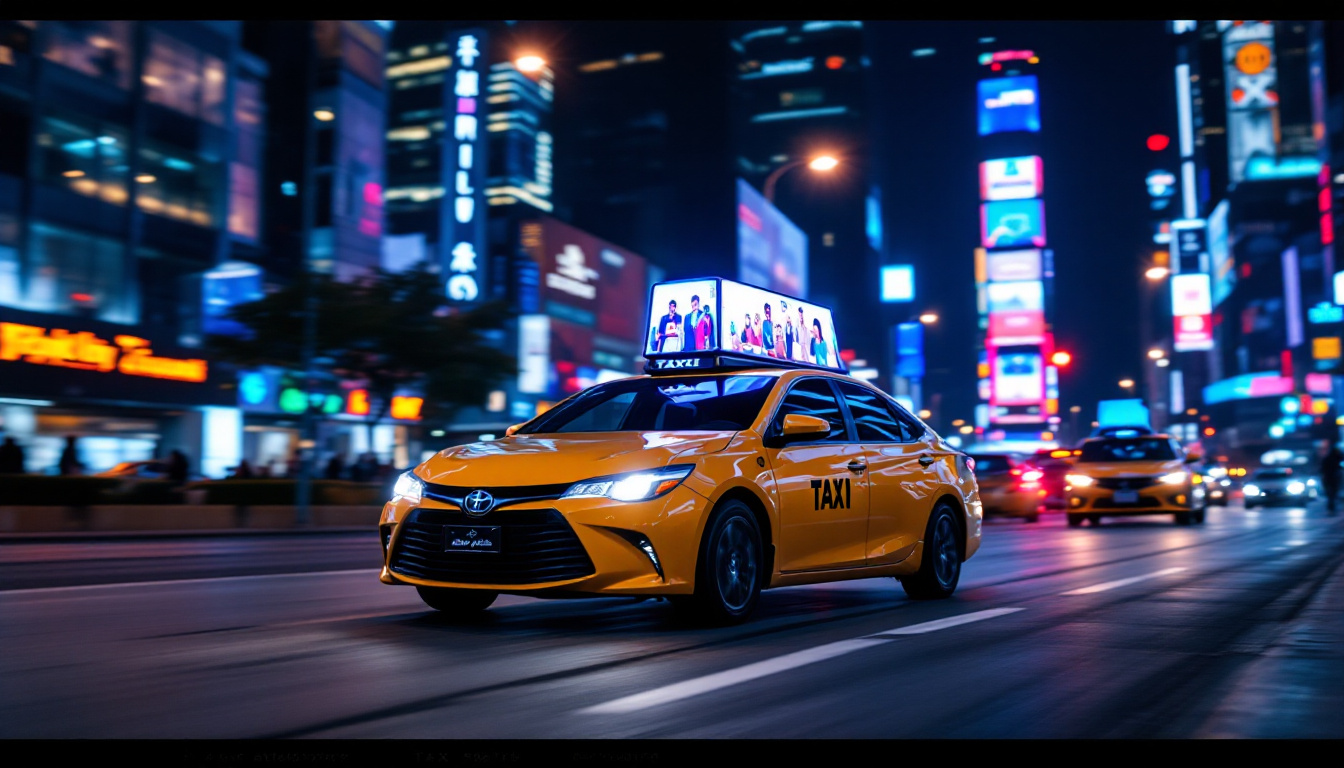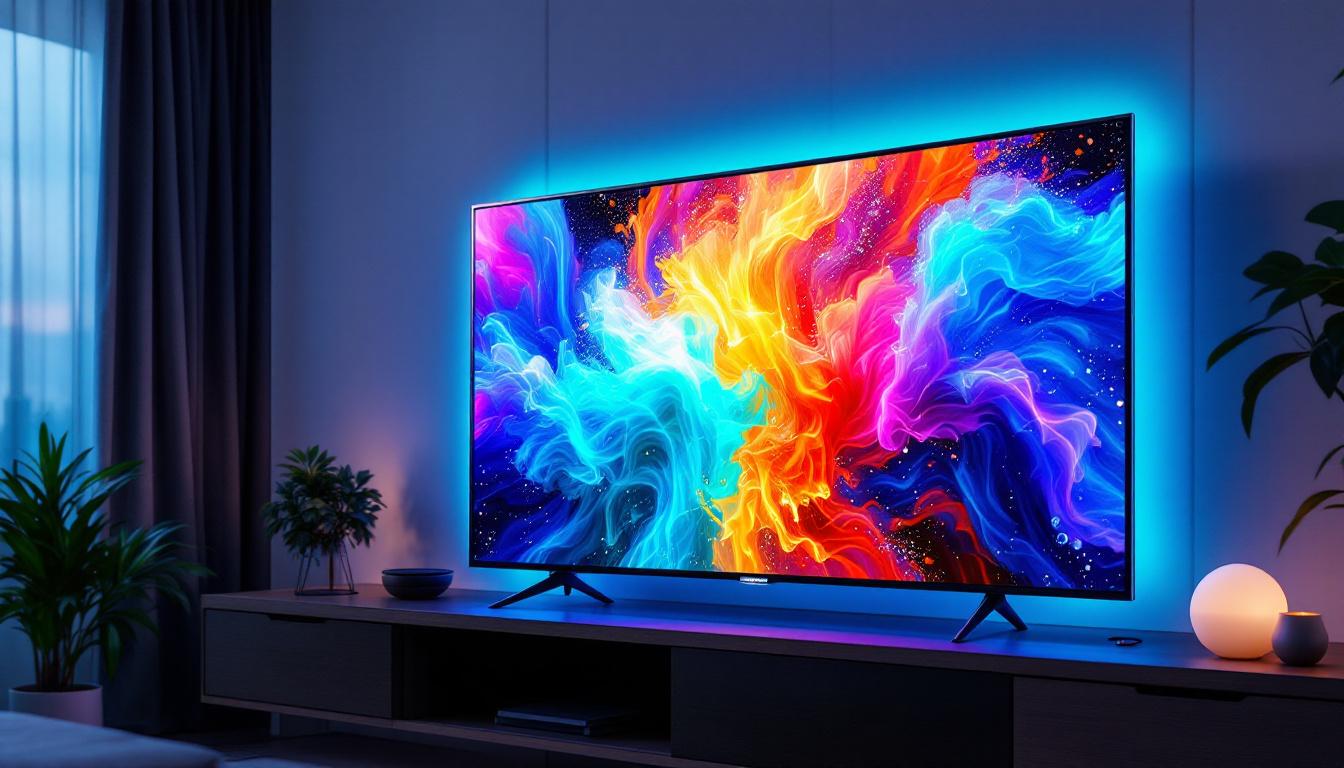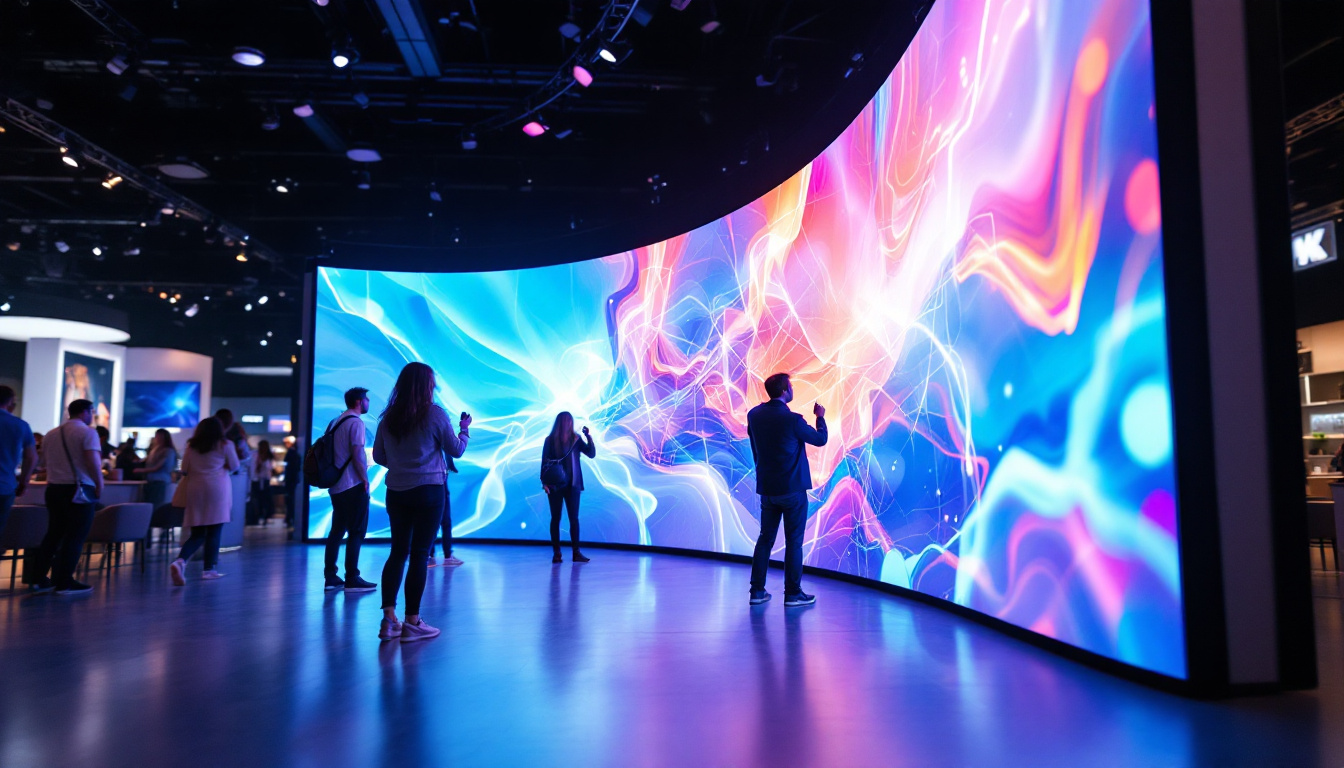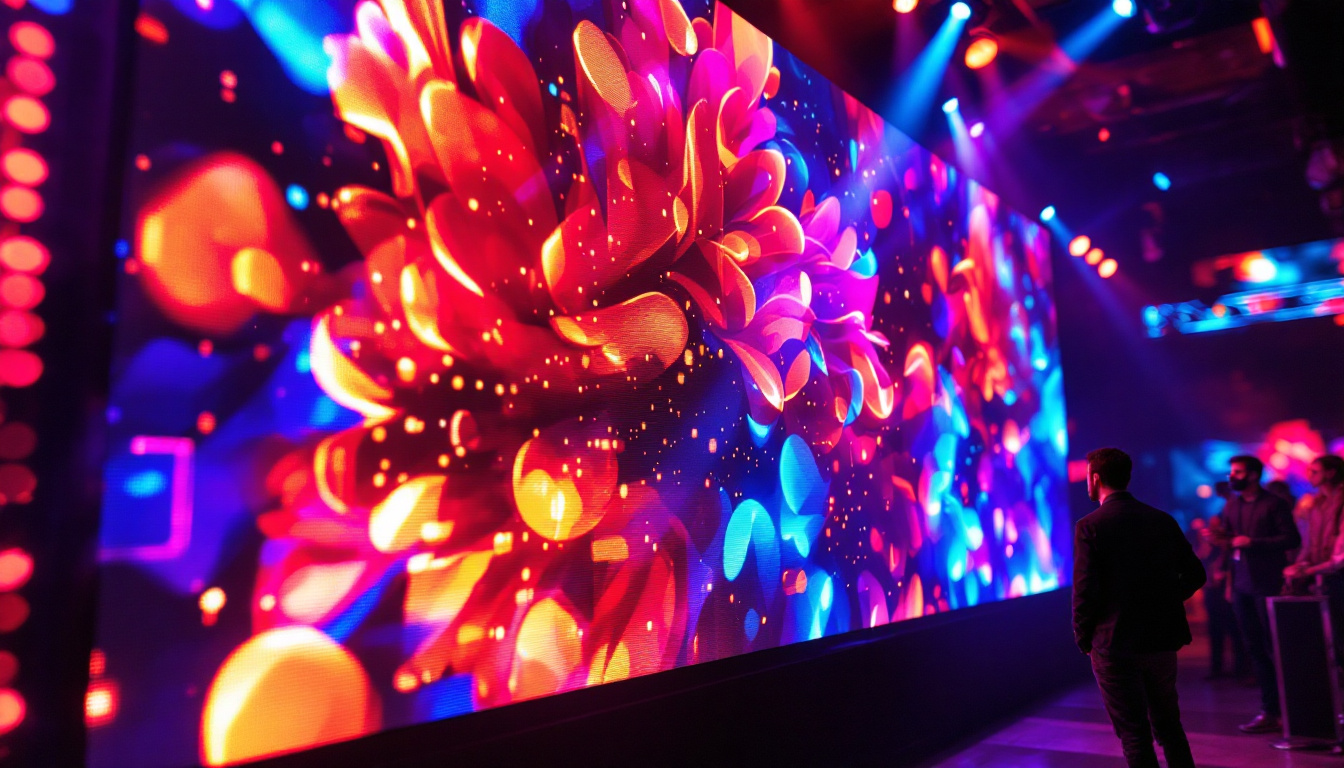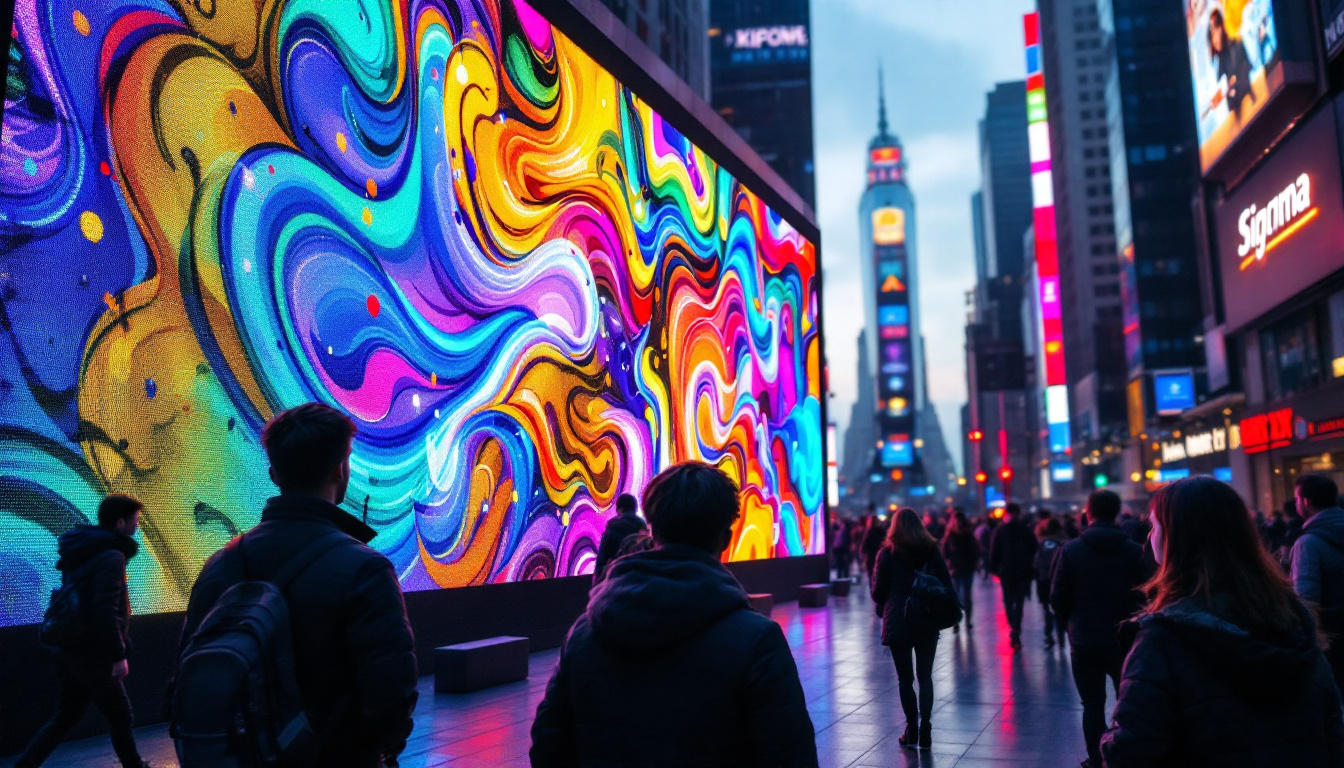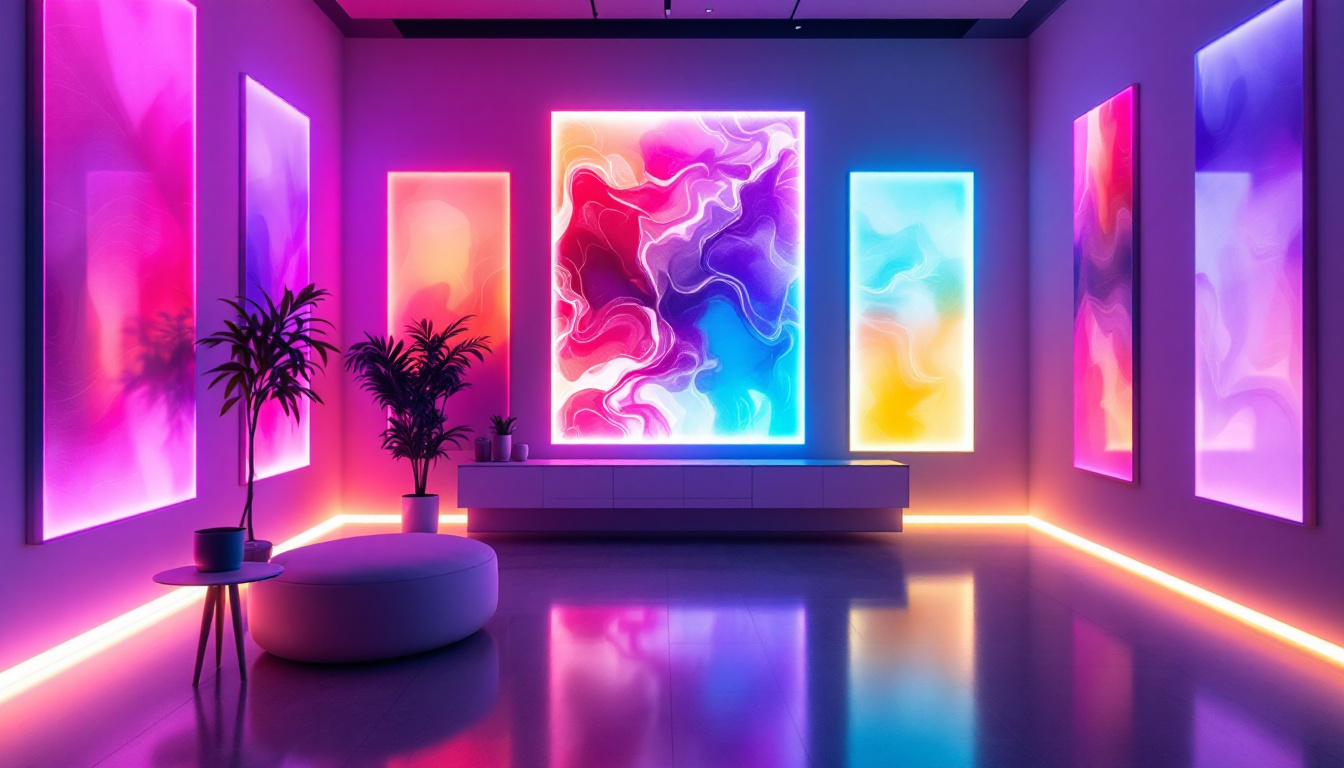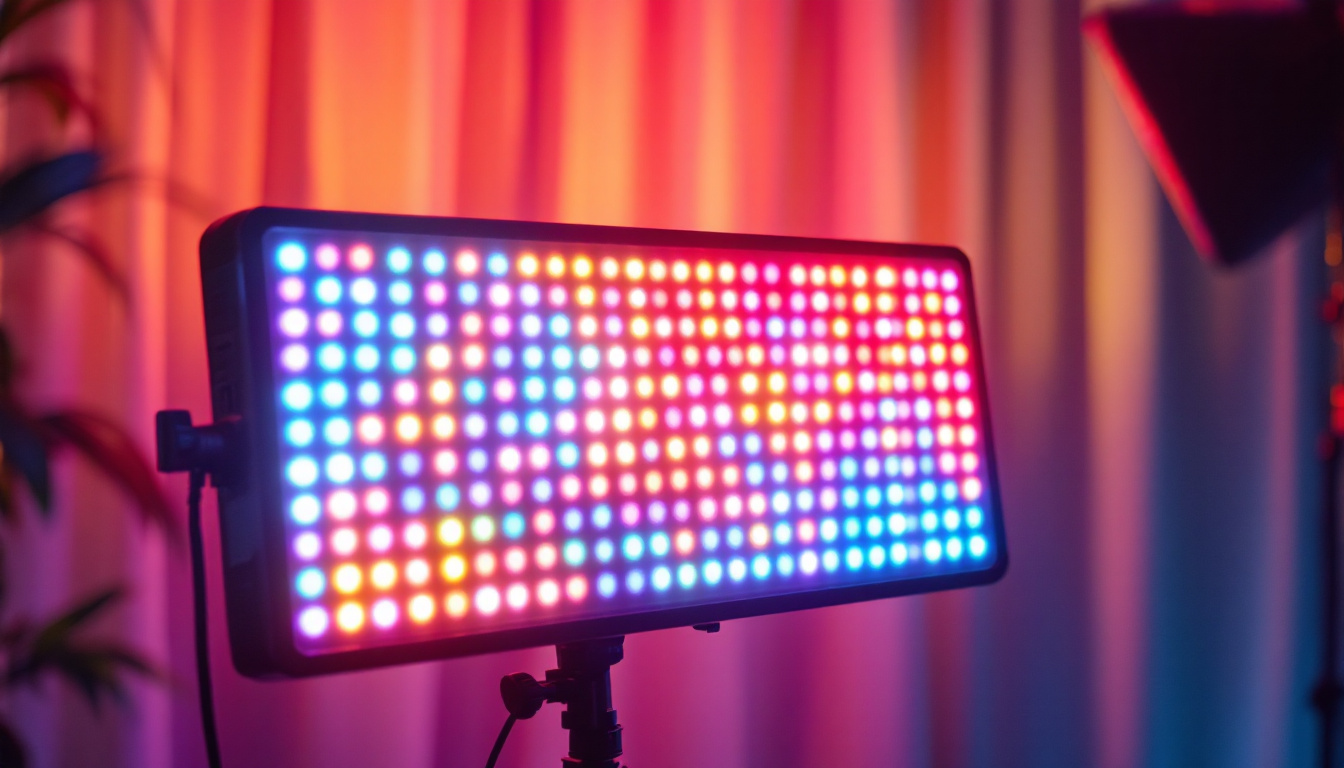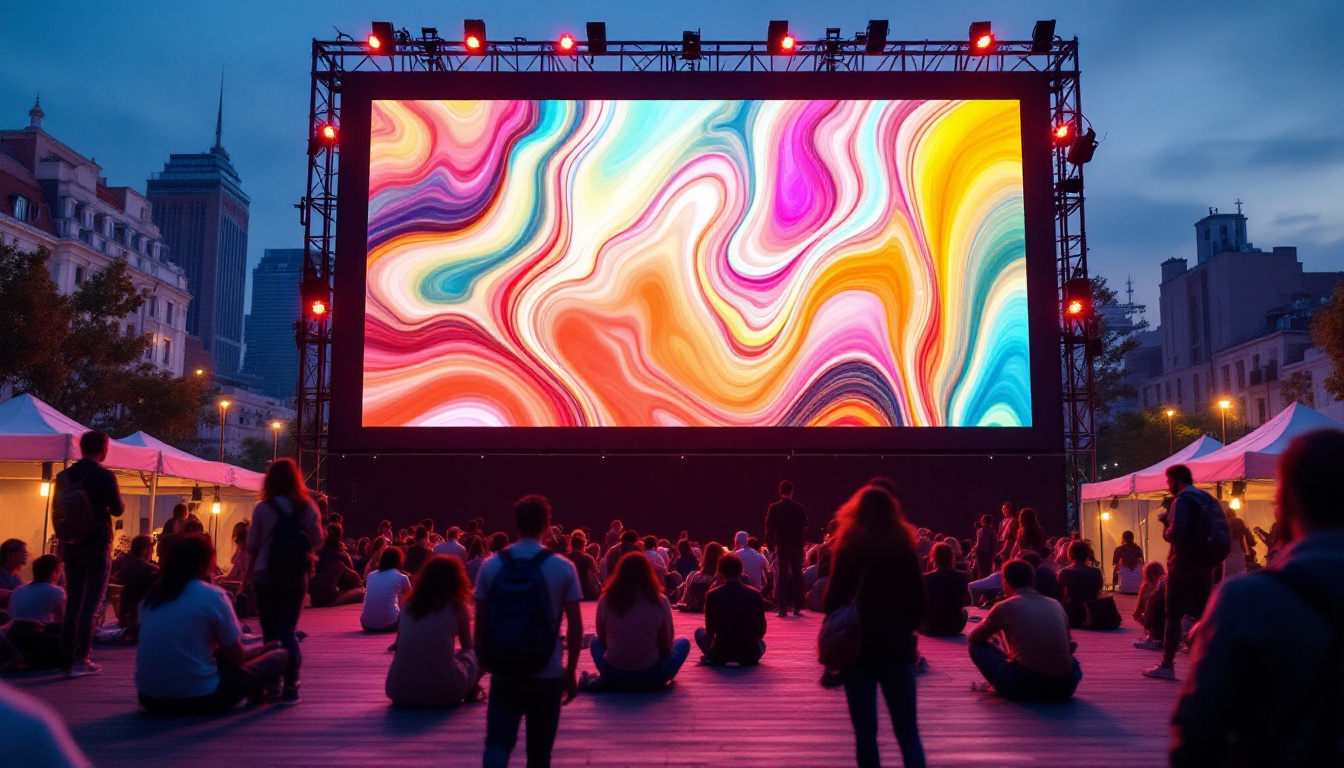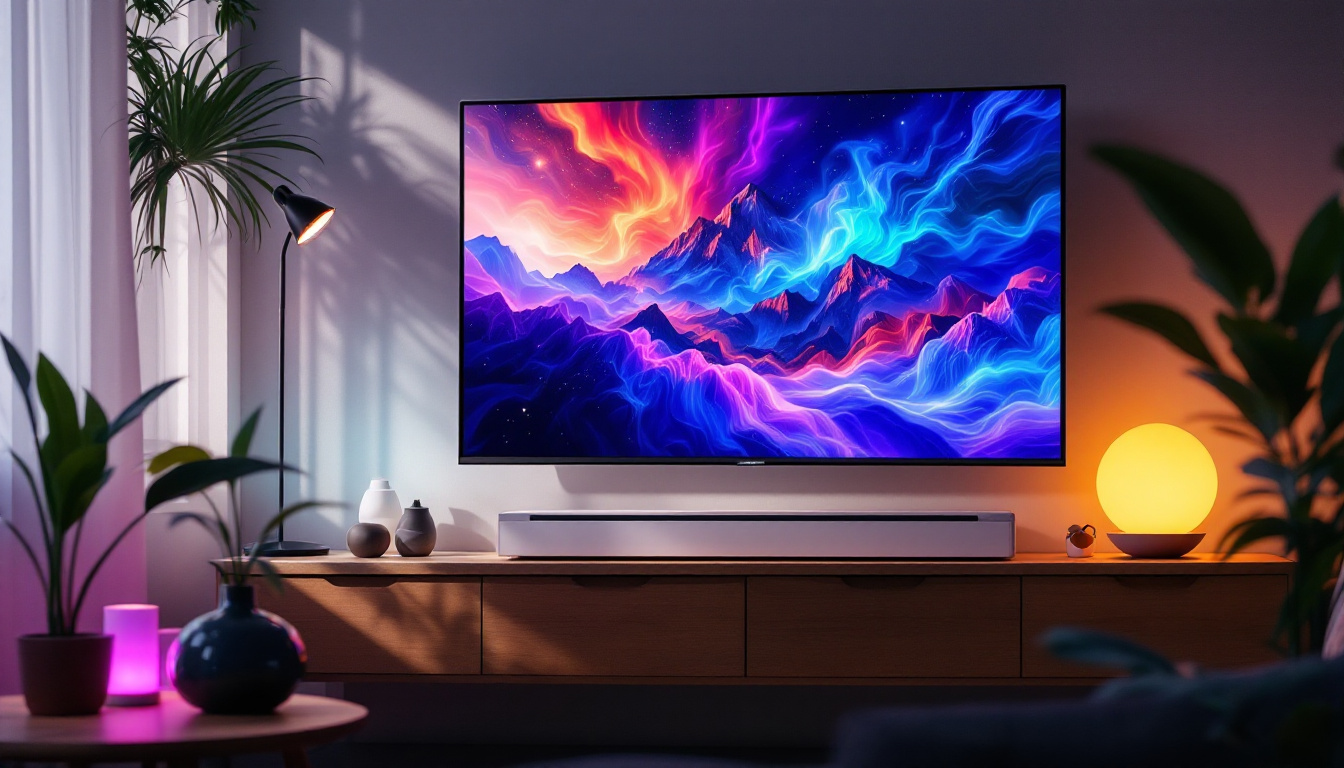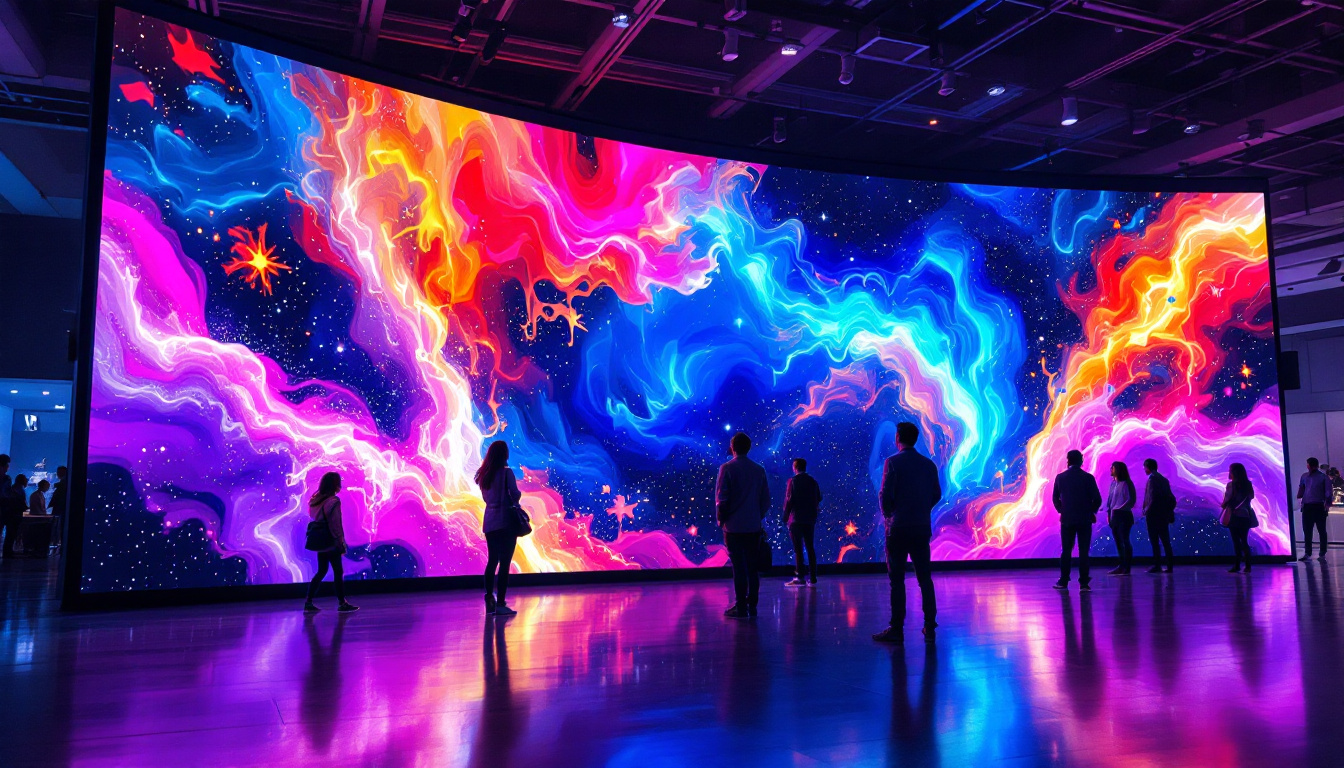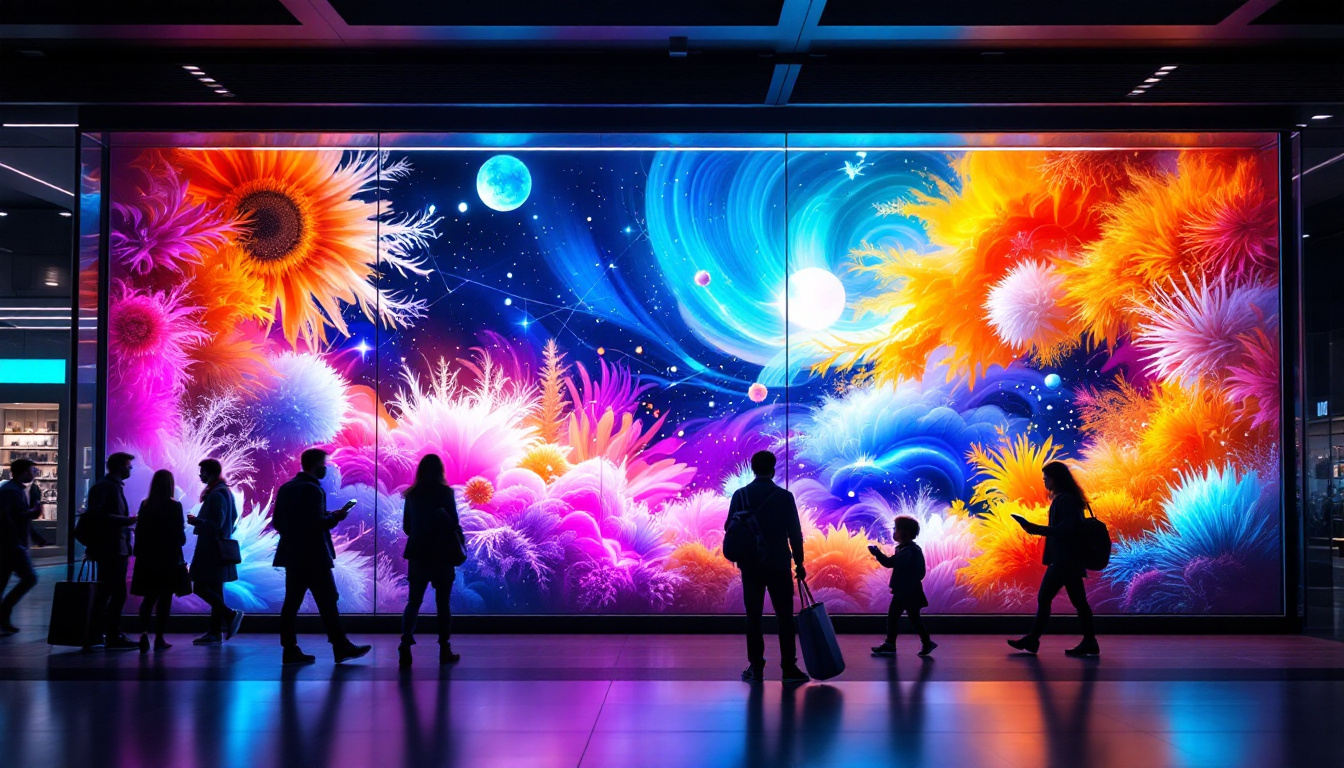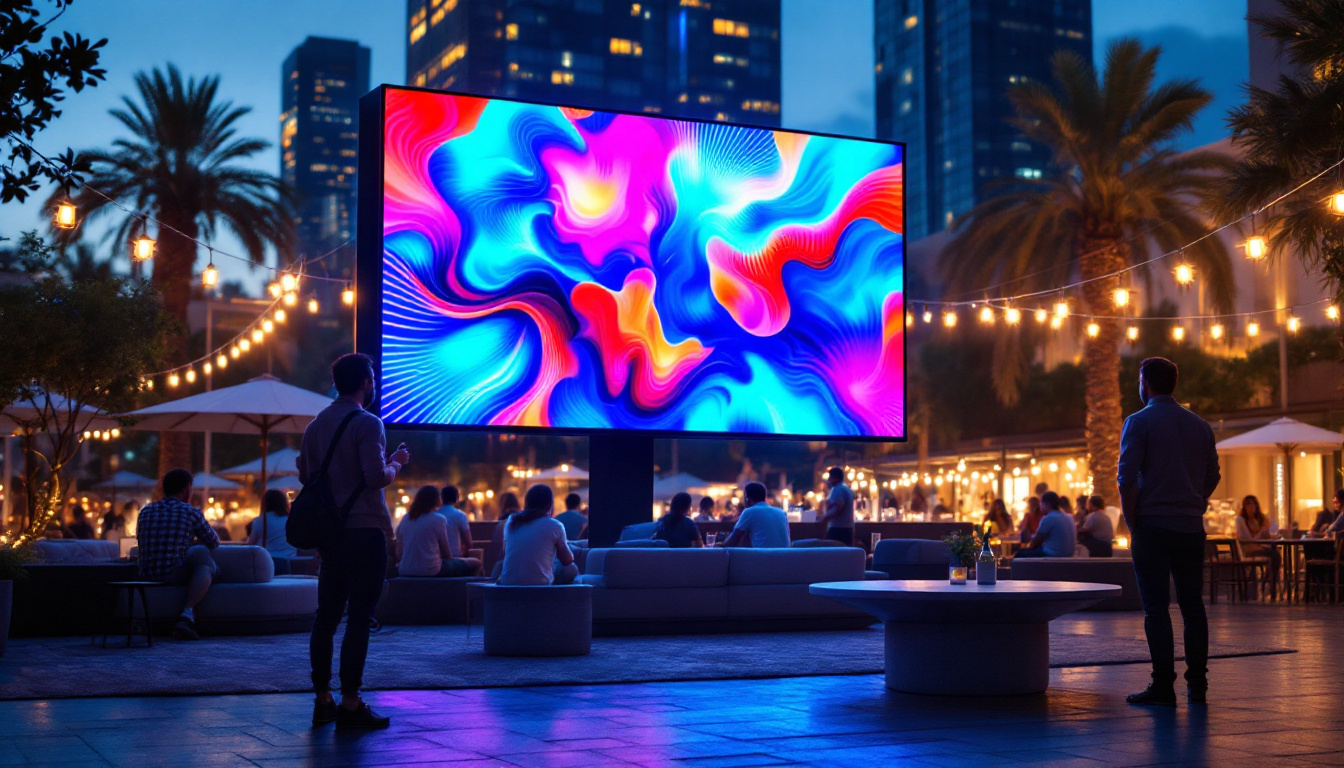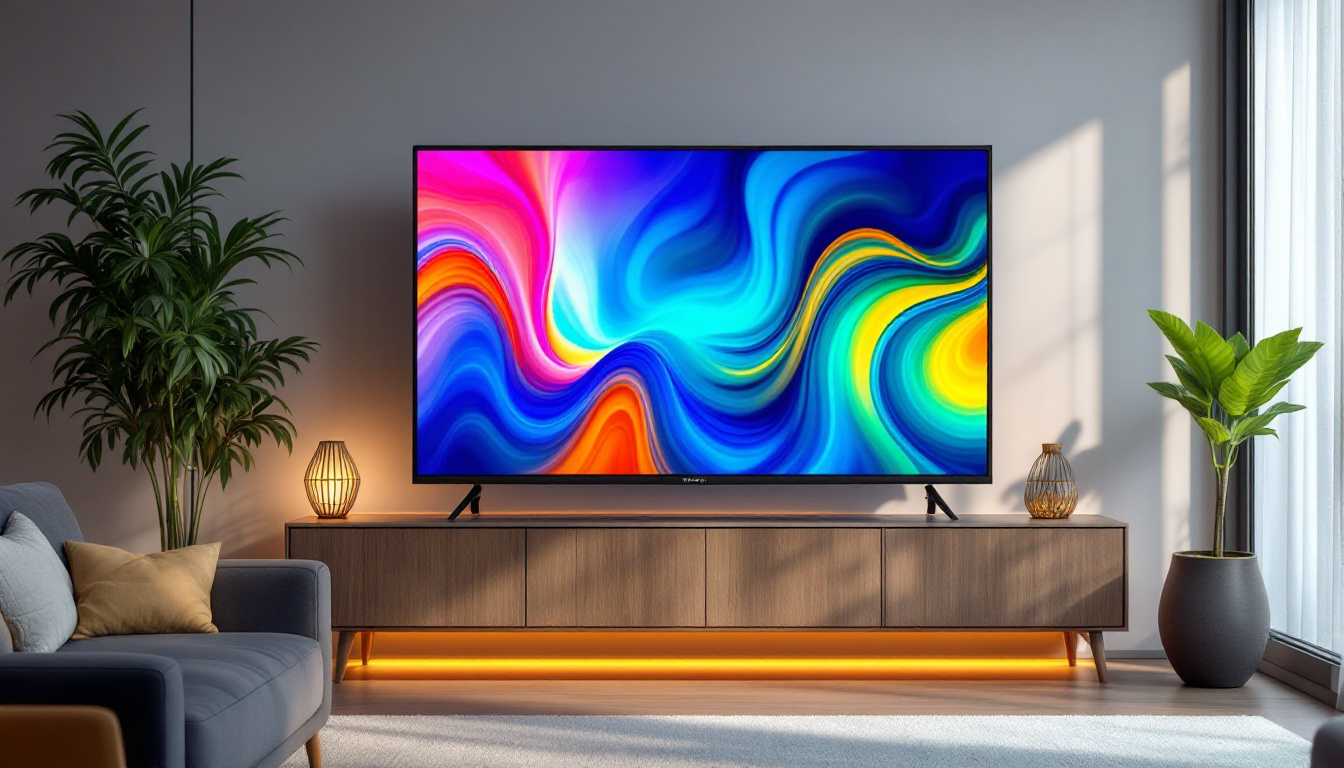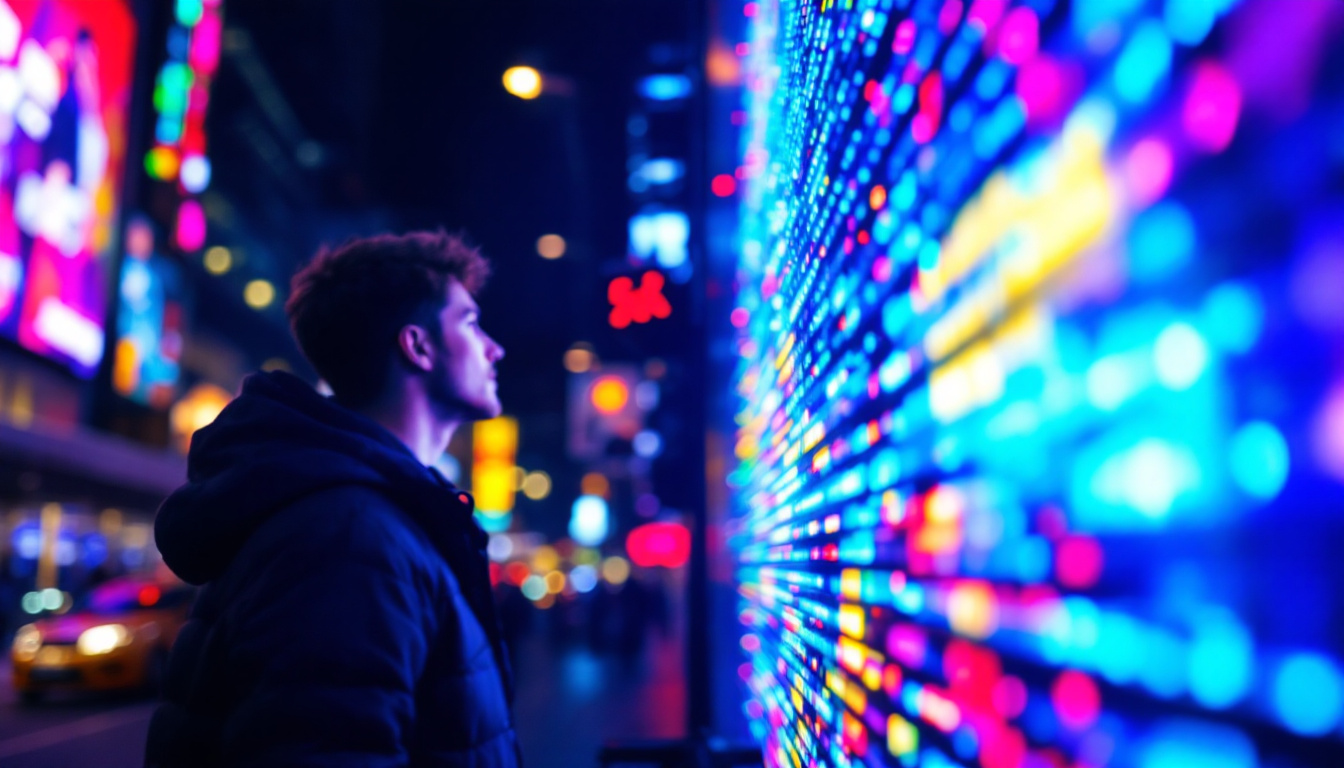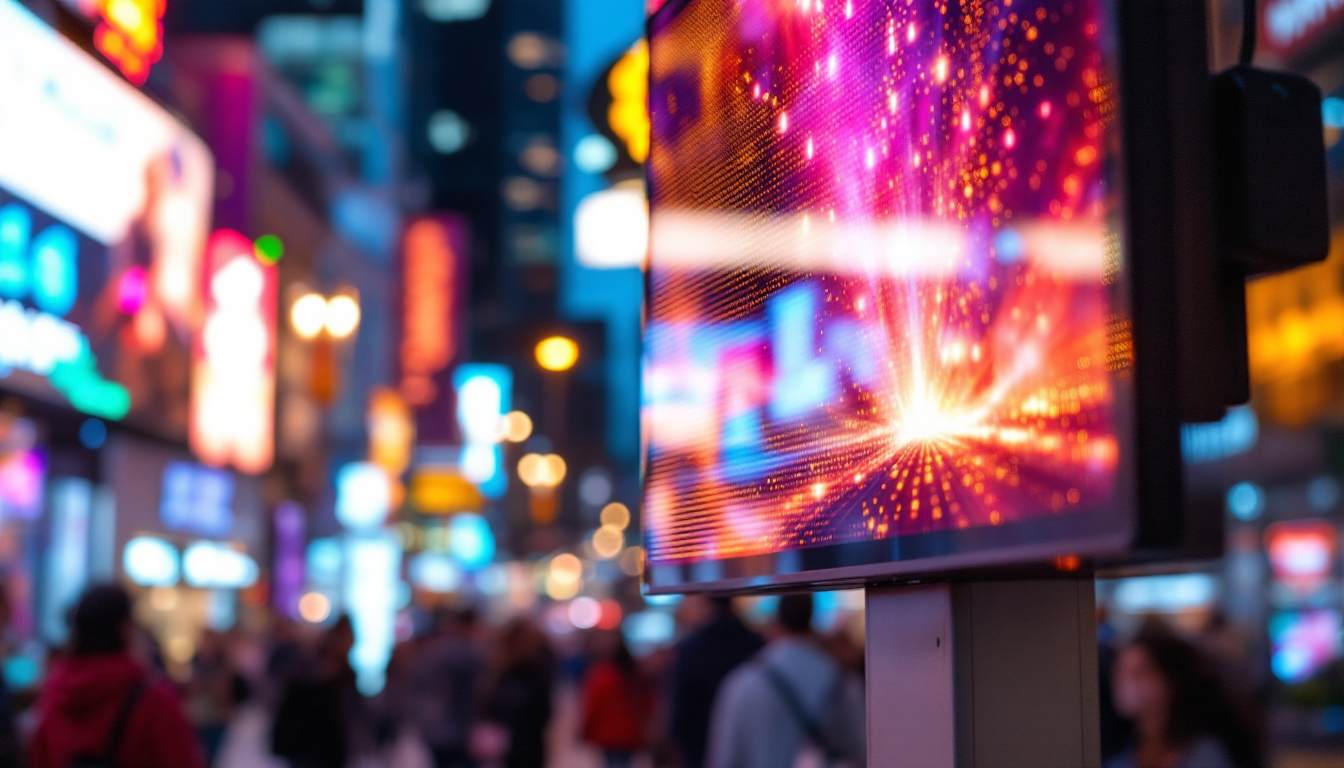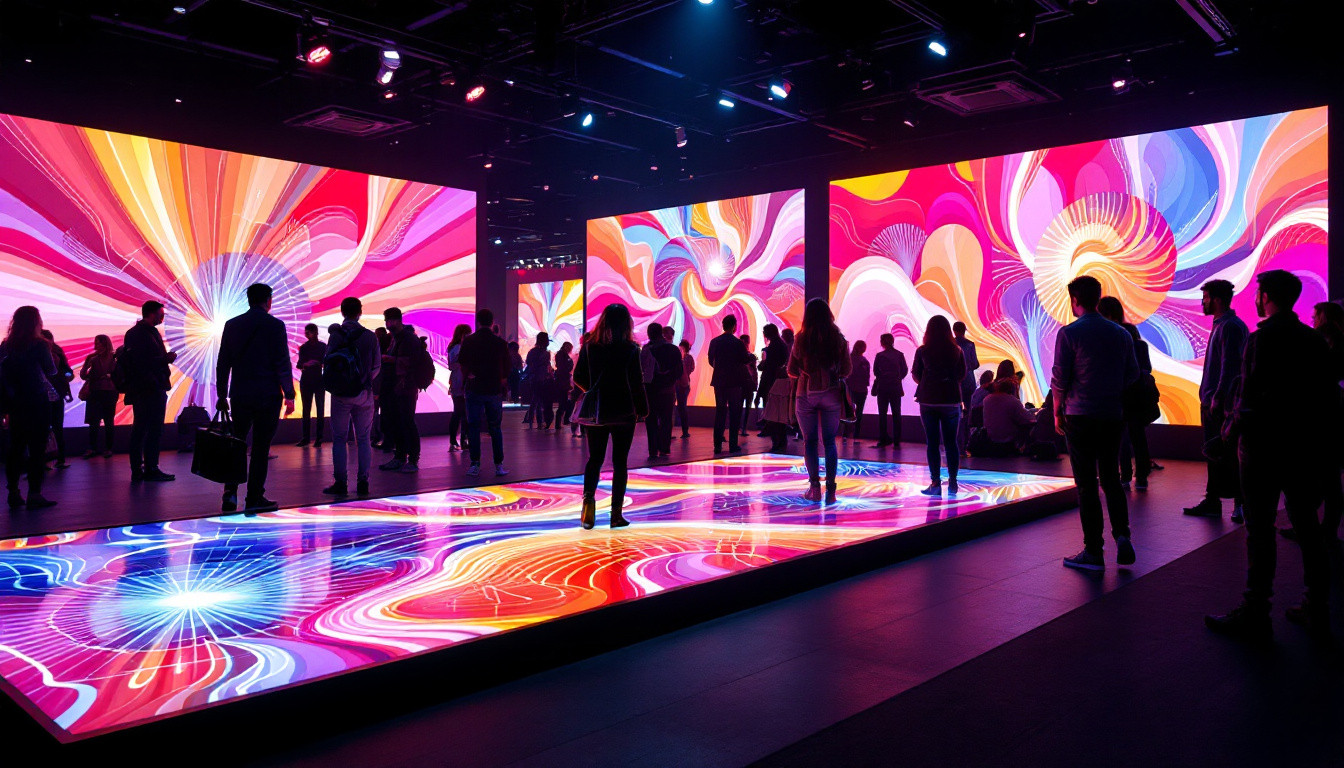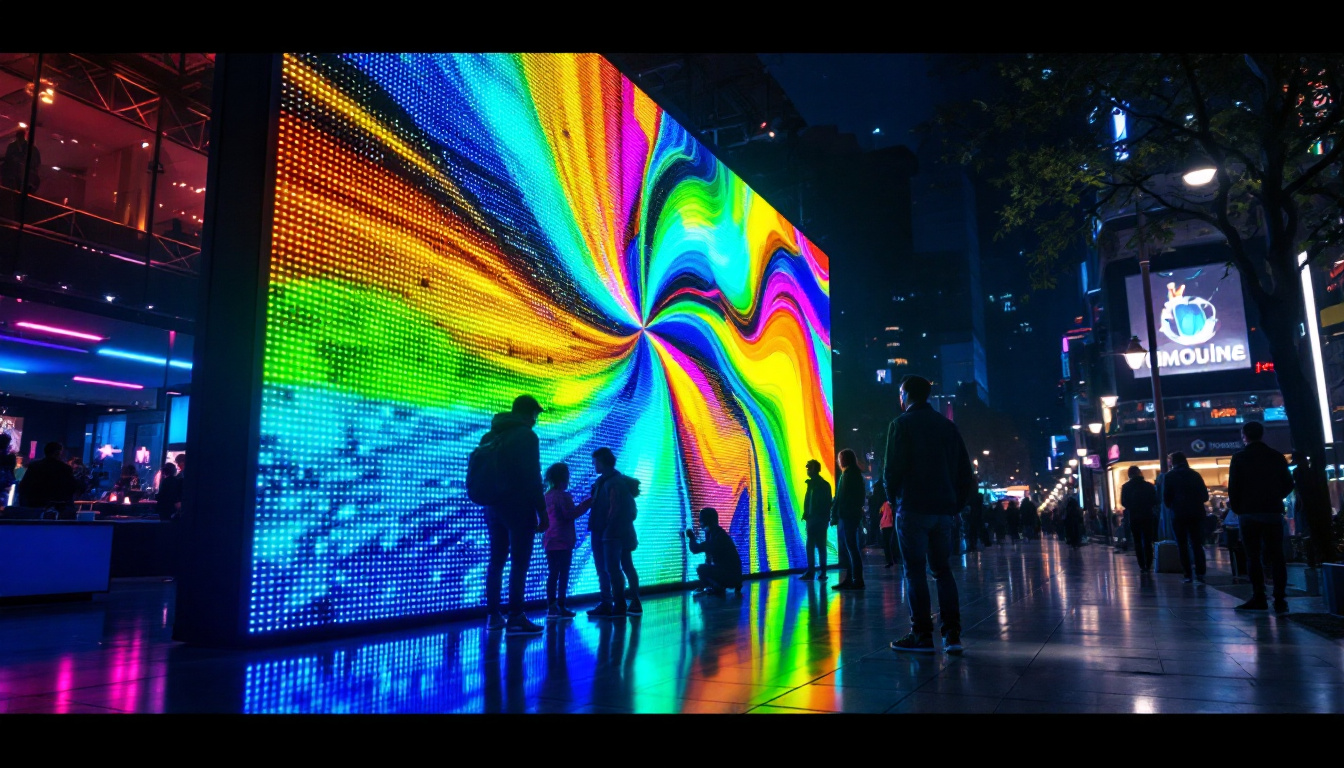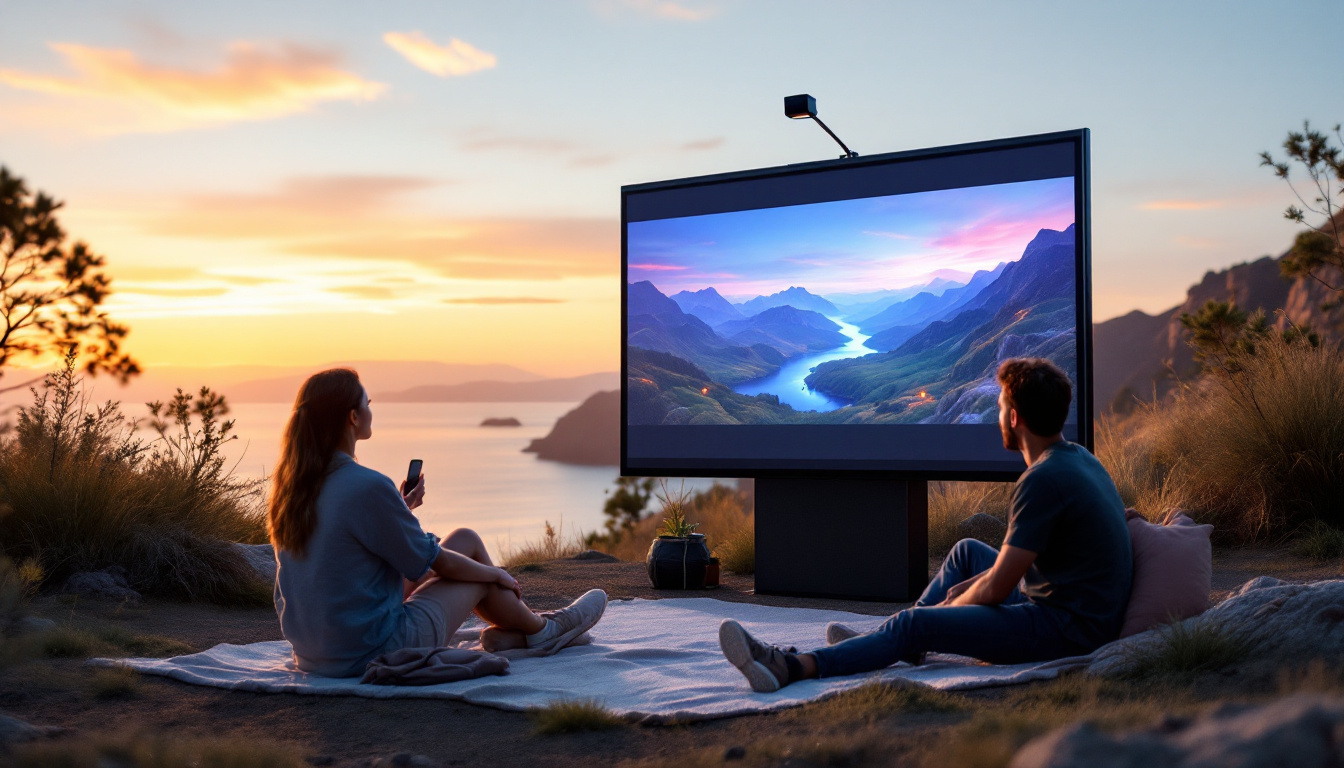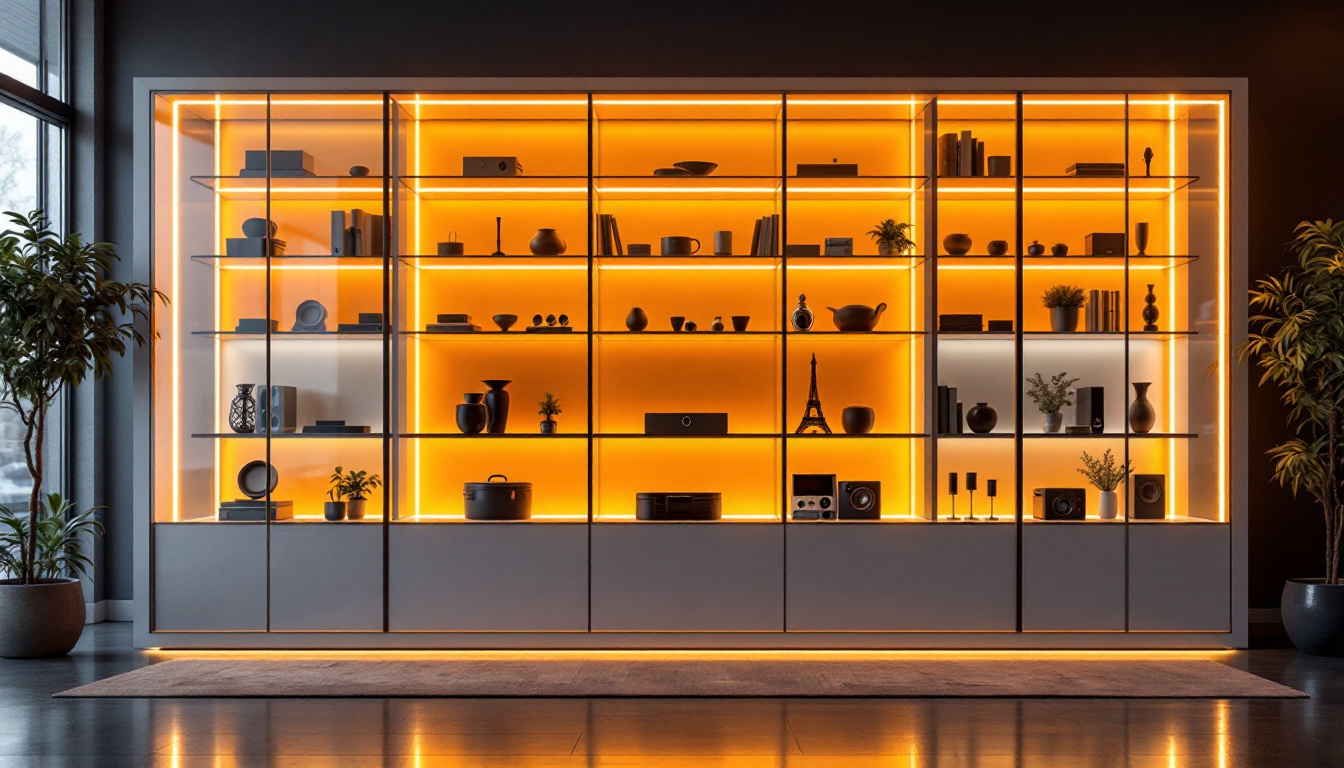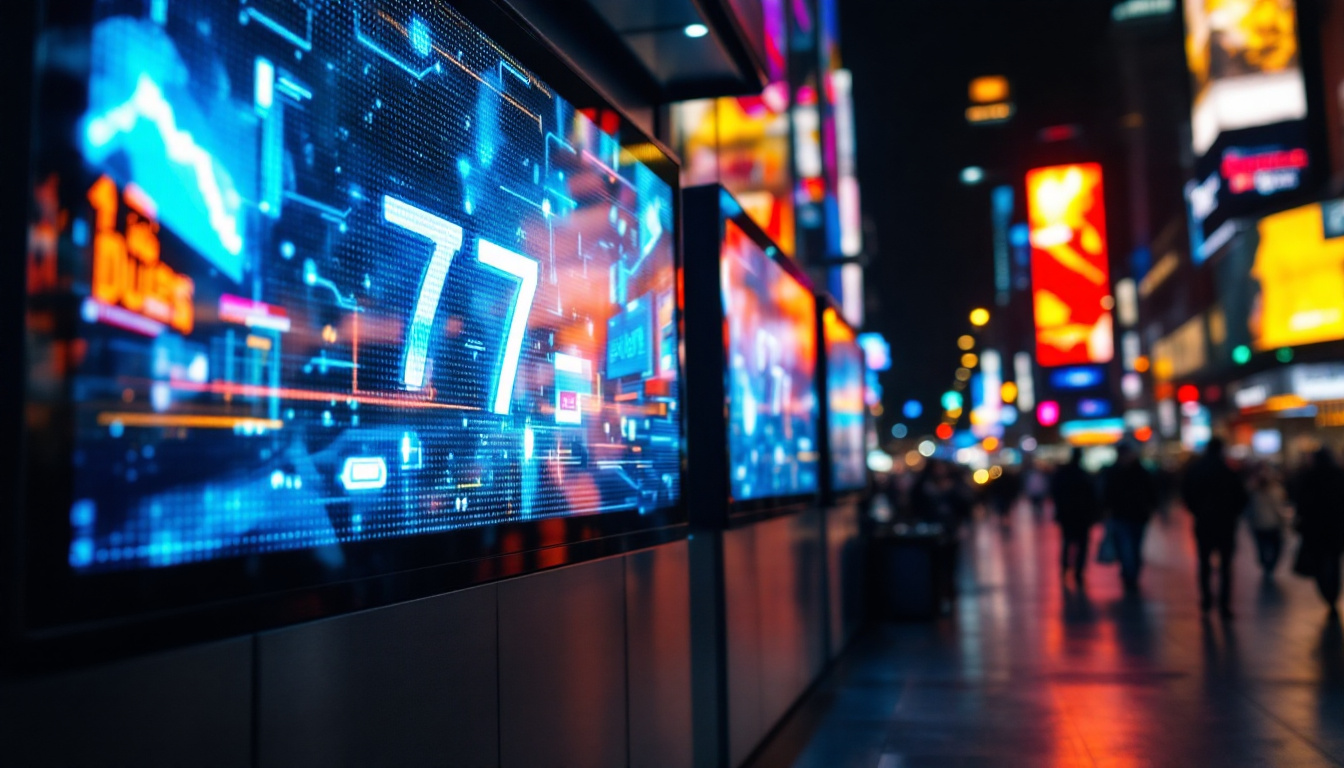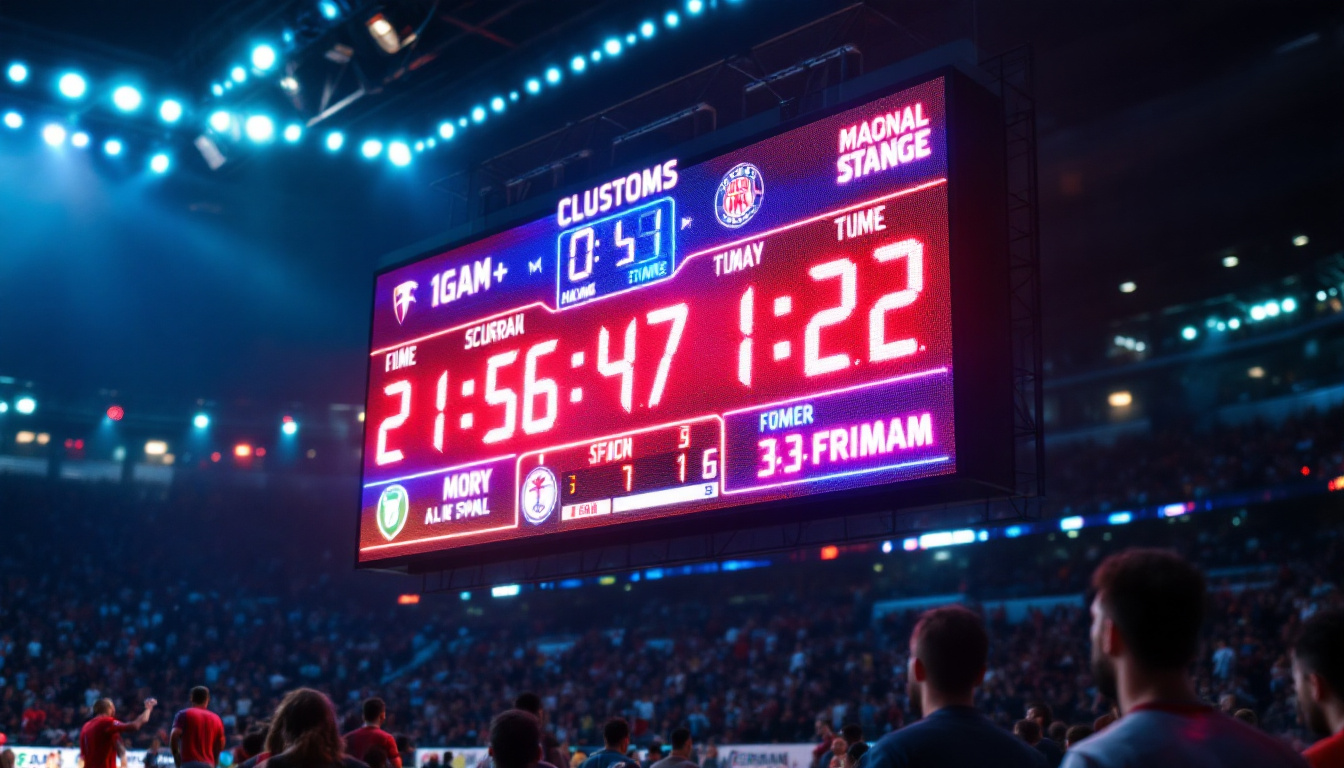In the ever-evolving landscape of advertising, taxi top advertising has emerged as a prominent medium, particularly with the advent of LED displays. This innovative approach not only captures attention but also delivers dynamic content that can be easily updated. This article delves into the mechanics of taxi top advertising, the benefits of LED displays, and the future of this advertising medium.
Understanding Taxi Top Advertising
Taxi top advertising refers to the promotional displays mounted on the roofs of taxis. Traditionally, these displays were static, featuring printed advertisements that could become outdated quickly. However, with the rise of LED technology, the landscape of taxi advertising has transformed significantly.
How It Works
LED displays on taxi tops are designed to showcase vibrant, eye-catching advertisements. These displays are typically controlled remotely, allowing advertisers to change the content in real-time. This flexibility means that promotions can be tailored to specific audiences or events, maximizing the impact of the advertisement.
Each taxi is equipped with a digital screen that can display various types of content, including videos, animations, and images. The technology behind these displays ensures that they are visible even in bright sunlight, making them effective at capturing the attention of pedestrians and drivers alike. In addition to their visual appeal, these LED displays are energy-efficient, often utilizing solar power or low-energy consumption designs to minimize their environmental impact.
Types of Content Displayed
The content displayed on taxi tops can vary widely. Advertisers often use LED displays to promote local businesses, events, or special offers. Additionally, some companies utilize these displays for public service announcements or community messages, thereby enhancing their brand image while contributing to social causes.
Moreover, the ability to rotate different advertisements throughout the day allows for a more comprehensive reach. For instance, a taxi might display a breakfast promotion in the morning and switch to a dinner special in the evening, catering to the changing needs of potential customers. This dynamic advertising approach not only keeps the content fresh and engaging but also allows for strategic placement based on traffic patterns and peak hours, ensuring that the right message reaches the right audience at the right time.
Furthermore, taxi top advertising has become an integral part of urban marketing strategies, as it allows brands to reach consumers in a unique and mobile format. With taxis traversing busy streets and urban centers, the potential for exposure is immense. Advertisers can capitalize on high foot traffic areas, ensuring their messages are seen by a diverse demographic, from tourists exploring the city to local residents going about their daily routines. This form of advertising also fosters a sense of community, as local businesses can promote their offerings in a way that resonates with the neighborhoods they serve.
The Advantages of LED Displays in Taxi Advertising
LED displays have revolutionized taxi top advertising, offering numerous advantages over traditional static displays. These benefits not only enhance the effectiveness of advertising campaigns but also provide a better return on investment for advertisers.
Visibility and Engagement
One of the most significant advantages of LED displays is their high visibility. The bright, colorful screens can attract attention from a distance, drawing the eyes of potential customers. This is particularly crucial in urban environments where competition for attention is fierce.
Furthermore, the dynamic nature of LED displays allows for engaging content that can captivate viewers. Advertisers can use animations or videos to tell a story or convey a message more effectively than static images. This increased engagement often translates into higher recall rates and a greater likelihood of consumer action.
In addition to their visual appeal, LED displays can also incorporate real-time data, such as weather updates or traffic conditions, which can further enhance viewer engagement. By tailoring the content to the immediate context, advertisers can create a more personalized experience for potential customers. For instance, a restaurant advertisement could highlight a special deal during lunch hours, making it more relevant to those passing by at that time.
Flexibility and Cost-Effectiveness
Another key benefit of LED taxi top advertising is its flexibility. Advertisers can easily update their campaigns without the need for new physical materials, which can be costly and time-consuming. This adaptability allows for timely promotions, ensuring that the content remains relevant and appealing.
Additionally, the cost-effectiveness of LED displays cannot be overlooked. While the initial investment may be higher than traditional advertising methods, the long-term savings associated with reduced printing costs and the ability to run multiple campaigns can lead to a more favorable return on investment.
Moreover, the ability to schedule content based on peak traffic times or specific events can maximize exposure. For example, an advertiser can program the display to showcase a new product launch during a major city festival, ensuring that the message reaches a larger audience at the right moment. This strategic approach not only optimizes advertising spend but also enhances the overall impact of the campaign, making LED displays a smart choice for savvy marketers looking to leverage the bustling urban landscape.
Challenges and Considerations
Despite the many advantages, there are challenges associated with taxi top advertising using LED displays. Understanding these challenges is crucial for advertisers looking to maximize their campaigns.
Regulatory Issues
One of the primary challenges in taxi top advertising is navigating the regulatory landscape. Different cities and municipalities have varying rules regarding outdoor advertising, including restrictions on digital displays. Advertisers must ensure compliance with local regulations to avoid fines or removal of their advertisements.
Additionally, some areas may have specific guidelines regarding the brightness of LED displays or the types of content that can be displayed. Advertisers should conduct thorough research to understand these regulations before launching a campaign. This can involve consulting with local authorities or legal experts to ensure that all aspects of the advertising comply with city ordinances. Failure to adhere to these regulations not only jeopardizes the campaign but can also lead to reputational damage for the brand involved.
Technical Considerations
Technical issues can also pose challenges for LED displays. Factors such as weather conditions, power supply, and maintenance can impact the functionality of the displays. For instance, heavy rain or snow may affect visibility, while power outages can render the display inoperable.
To mitigate these risks, advertisers should work with reliable vendors who can provide high-quality displays and ongoing support. Regular maintenance and monitoring can help ensure that the displays remain operational and effective throughout the duration of the advertising campaign. Furthermore, incorporating advanced technology such as remote monitoring systems can allow for real-time diagnostics and troubleshooting, enabling quick responses to any technical failures. This proactive approach not only enhances the reliability of the advertising but also maximizes the return on investment by ensuring that the displays are consistently visible to potential customers.
Moreover, understanding the placement of the taxis in relation to high-traffic areas can significantly influence the effectiveness of the advertisements. Advertisers should analyze traffic patterns and demographic data to strategically position their taxis in locations where their target audience is most likely to be present. This strategic placement, combined with high-quality technical execution, can greatly enhance the overall impact of the advertising campaign, leading to higher engagement rates and brand visibility.
The Future of Taxi Top Advertising
The future of taxi top advertising is promising, particularly as technology continues to advance. Innovations in LED technology, data analytics, and mobile connectivity are set to further enhance the effectiveness of this advertising medium.
Integration with Mobile Technology
As mobile technology becomes increasingly integrated into everyday life, taxi top advertising is likely to evolve alongside it. Advertisers may leverage mobile apps to create interactive experiences, allowing consumers to engage with advertisements in real-time. For instance, a viewer could scan a QR code displayed on a taxi top to receive a special offer or access additional information.
This integration not only enhances consumer engagement but also provides valuable data to advertisers. By tracking interactions and analyzing consumer behavior, companies can refine their advertising strategies for even greater effectiveness.
Enhanced Targeting Capabilities
With advancements in data analytics, advertisers will have access to more sophisticated targeting capabilities. By analyzing traffic patterns, demographics, and consumer behavior, advertisers can tailor their campaigns to reach specific audiences at optimal times.
This level of targeting ensures that advertisements are not only seen but are also relevant to the viewers. As a result, the likelihood of conversion increases, making taxi top advertising an even more attractive option for businesses.
Conclusion
Taxi top advertising with LED displays represents a dynamic and effective medium for reaching consumers in urban environments. The combination of high visibility, engaging content, and flexibility offers significant advantages over traditional advertising methods. While challenges exist, the potential for innovation and growth in this field is substantial.
As technology continues to advance, taxi top advertising is poised to become an even more integral part of the advertising landscape. Advertisers who embrace this medium and adapt to the changing environment will likely find success in capturing the attention of their target audiences.
In summary, taxi top advertising is not just about placing an ad on a taxi; it’s about leveraging technology to create engaging, relevant, and impactful advertising experiences. As the industry evolves, staying informed and adaptable will be key to maximizing the benefits of this exciting advertising medium.
Illuminate Your Brand with LumenMatrix
Ready to take your taxi top advertising to the next level? Discover how LumenMatrix can transform your urban advertising strategy with our cutting-edge LED display solutions. From vibrant Vehicle LED Displays to captivating Custom LED Displays, our technology is designed to make your brand shine in the bustling cityscape. Elevate your message with clarity and impact—Check out LumenMatrix LED Display Solutions today and light up the path to your audience’s attention.

